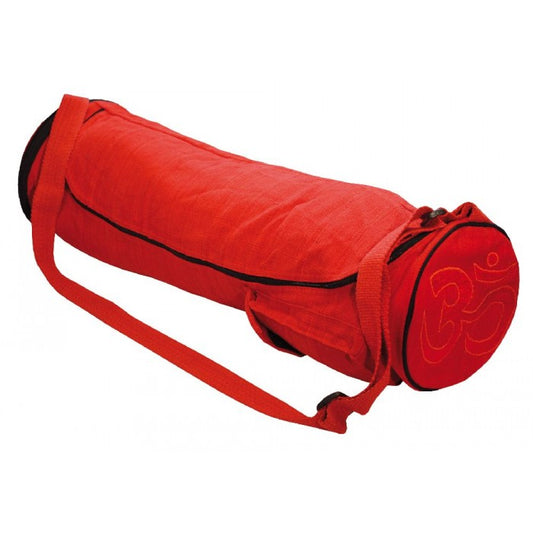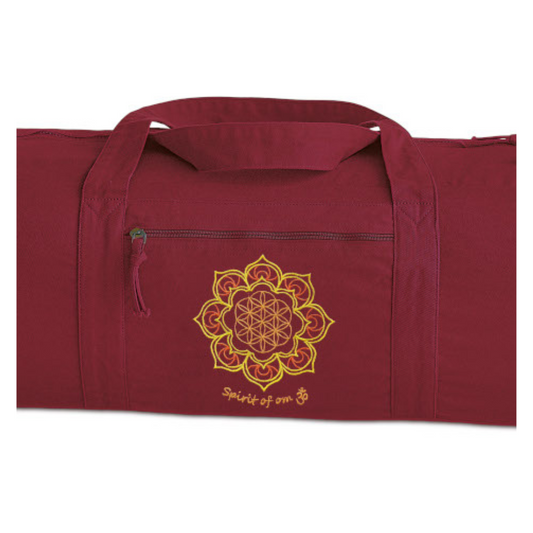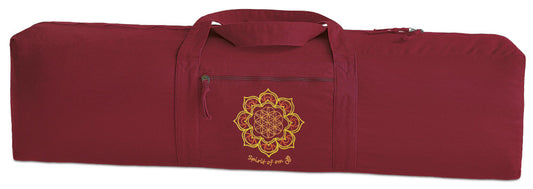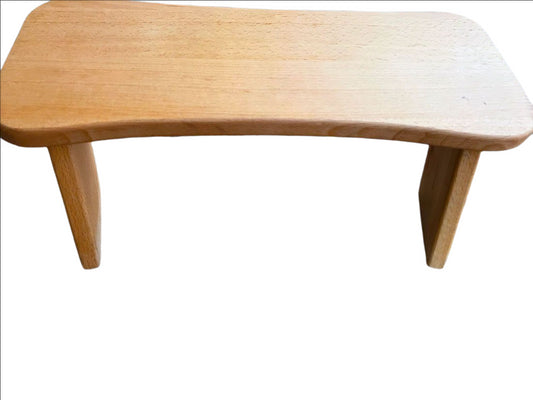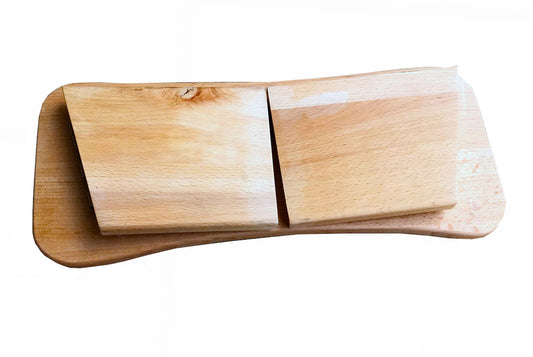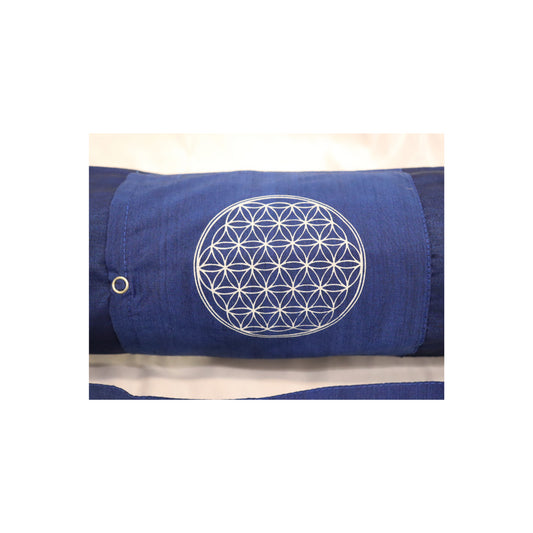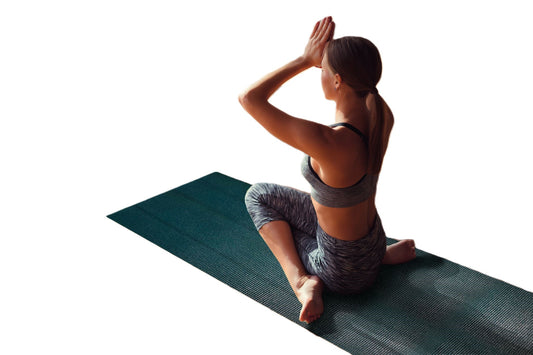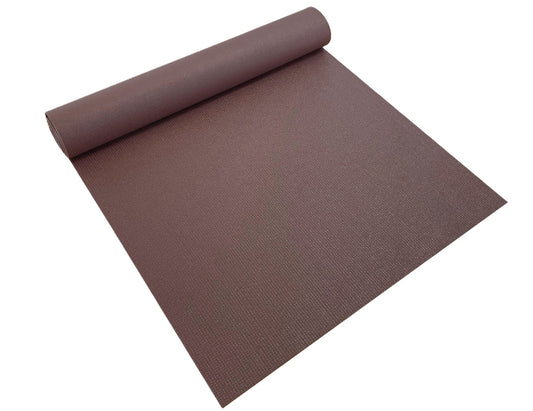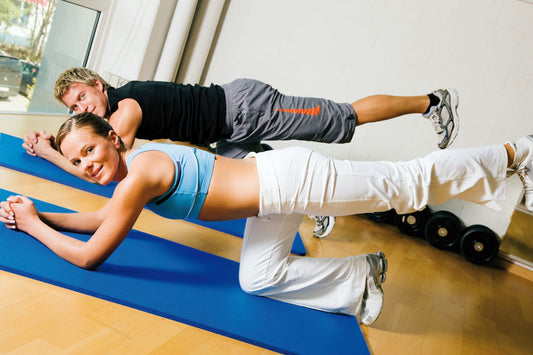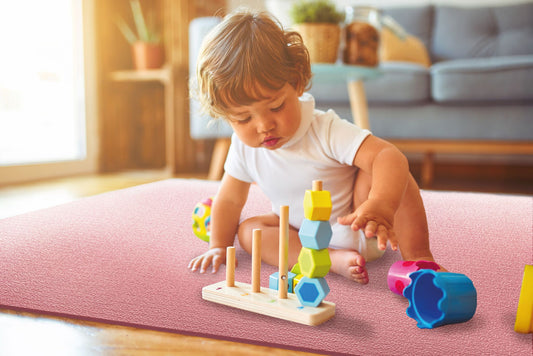You have discovered yoga for yourself and want to buy a yoga mat. The range is confusing and there is an infinitely large selection of yoga mats and gymnastics mats made of a variety of materials. There are yoga mats made of new wool, PVC, natural rubber, cork, very cheap and very expensive, strong and thin. You are probably wondering now:
Which yoga mat is right for me now?
Here we want to help you a little and bring light into the darkness. You should first clarify for yourself which yoga style do I enjoy? Do I want to take my yoga mat with me or does it have a permanent place at home? Do I want a yoga mat made from natural materials that are very demanding in terms of care? The aspect of care and longevity of yoga mats should also be considered.
Which yoga mats should I not buy?
Very cheap yoga mats often come from China. It makes no difference whether these are made of natural rubber or PVC. It is important that the yoga mat bears the ÖKO TEX 100 seal. The ÖKO TEX 100 seal protects you from toxic ingredients because these yoga mats have been tested. With yoga mats made of PVC, it is ruled out that they contain toxic plasticizers such as phthalates and heavy metals. In the case of PER, there are toxic plasticizers and toxic AZP dyes. Yoga mats made of natural rubber or natural latex can contain dangerous nitrosamines due to vulcanization.
Not only do cheap yoga mats contain numerous toxins, they can also crumble after a short time or they are slippery, small crumbs form after a short time. The pressure causes unsightly dents that remain or the yoga mat tears. In addition, cheap yoga mats are made of materials that do not degrade or are recyclable and smell very strong.
In summary, certified yoga mats not only protect you from toxic ingredients, but also last longer and are of higher quality. It is worth investing in a slightly more expensive yoga mat, as it simply offers "added value" in terms of many properties.
What properties should I look out for when choosing my yoga mat?
Slip resistance:
You need good grip for hands and feet for demanding asanas. (e.g. dog looking down) Here the mat should not slip and provide security. When a yoga mat is new, almost all yoga mats are non-slip. Bacteria and sweat make a yoga mat slippery, and cleaning in the washing machine is also possible.
Damping:
Cushioning properties are extremely important in jumps or asanas in dynamic yoga. Knees, hips, ankles and the cervical spine need good cushioning properties in order to be optimally protected. The density of the material is decisive for a high damping property.
Length and width:
Most yoga mats are about 180 cm long and about 60-70 cm wide. This is sufficient for most yogis from 1.75 m to 1.80 m. There are also longer yoga mats.
Weight:
Well cushioning, thick yoga mats for experienced yogis also have their weight. A yoga mat with strong cushioning properties weighs up to 2.5 kg at approx. 5-7mm. Here the use of the yoga mat is decisive, it should have a permanent place in the studio or at home.
In order to transport a yoga mat on the bike, it should be 1.5-2 kg, but this yoga mat is often only 3mm thick.
A travel mat should be extremely light and easy to stow away. Travel mats are usually only 0.5-2 mm thick and weigh about 1 kg. Travel mats usually have no cushioning properties. Some of them are light, like towels.
Here it is recommended to buy 2 mats. One for on the go and one for challenging asanas at home.
Most offers for yoga mats are in the range of 2-3 kg and a thickness of 4-5 mm.
This is enough for beginners and most yogis.
For which yoga style which yoga mat?
Hot Yoga: In hot yoga, a lot of sweat flows, so your yoga mat should not be open-pored and have a lot of grip. In addition, it should be easy to clean.
Ashtanga and Power Yoga: Ashtanga and Power Yoga are demanding yoga styles, so yoga mats with very strong cushioning properties are in demand here. In addition, they should have very good grip. With Ashtanga, the yoga mat should be at least 5-6 mm thick, rather thicker.
A yoga strap and 2 yoga blocks are important for Ashtanga and Power Yoga.
Hatha Yoga: for your Hatha Yoga practice, a 4-6 mm thick mat with medium grip and medium slip resistance is sufficient. You need a meditation cushion, depending on how flexible your body is, whether you are a beginner, it is important to have a yoga strap and 2 yoga blocks.
Kundalini: For your Kundalini practice, a yoga mat made of new wool and a meditation cushion are the right equipment.
Yin Yoga: For your Yin Yoga we recommend a soft yoga mat with a thickness of 5-6 mm, a meditation cushion and a neck roll
Yoga Nidra: here, just like for Kundalini, we recommend a yoga mat made of new wool and a meditation cushion.
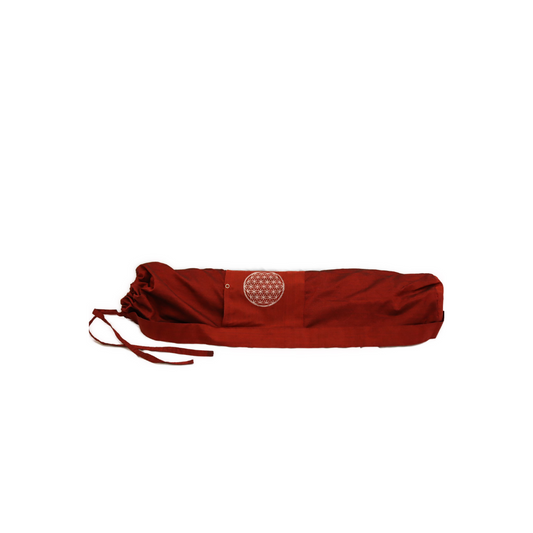
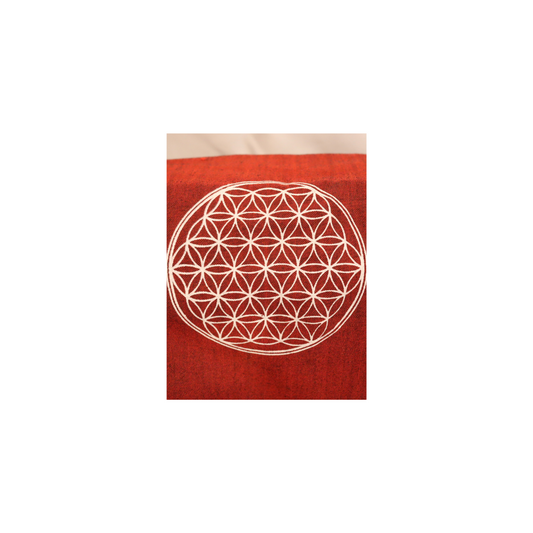 Sold out
Sold out
